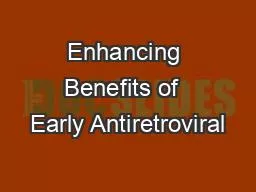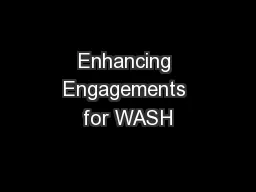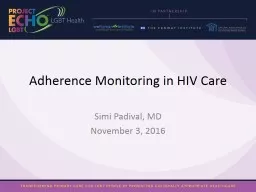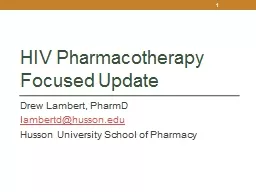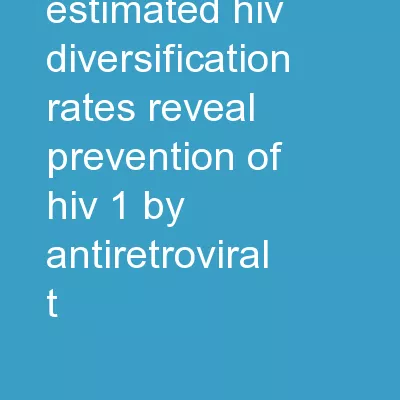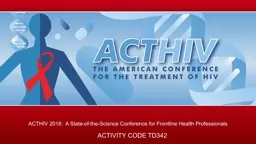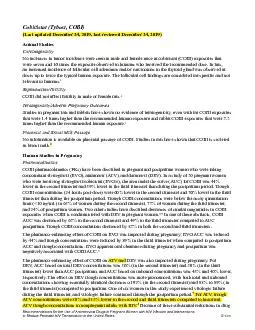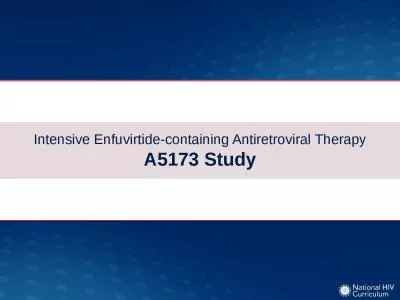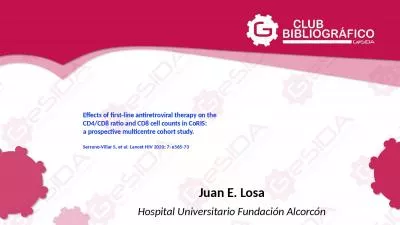PPT-Enhancing Benefits of Early Antiretroviral
Author : blastoracle | Published Date : 2020-06-29
Therapy Evidence Implication and Preliminary Findings from an Implementation Research in Viet Nam Masaya Kato WHO Viet Nam National Scientific Conference on
Presentation Embed Code
Download Presentation
Download Presentation The PPT/PDF document "Enhancing Benefits of Early Antiretrovi..." is the property of its rightful owner. Permission is granted to download and print the materials on this website for personal, non-commercial use only, and to display it on your personal computer provided you do not modify the materials and that you retain all copyright notices contained in the materials. By downloading content from our website, you accept the terms of this agreement.
Enhancing Benefits of Early Antiretroviral: Transcript
Download Rules Of Document
"Enhancing Benefits of Early Antiretroviral"The content belongs to its owner. You may download and print it for personal use, without modification, and keep all copyright notices. By downloading, you agree to these terms.
Related Documents

